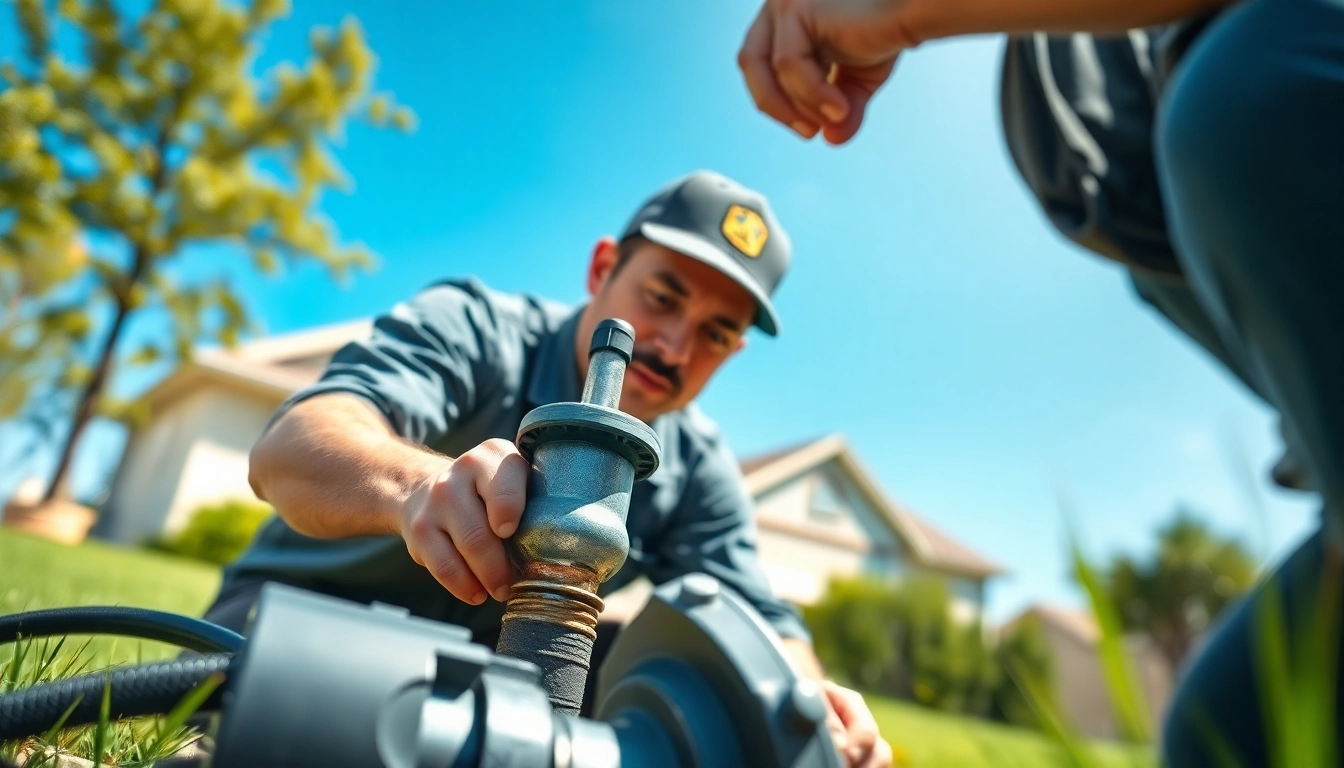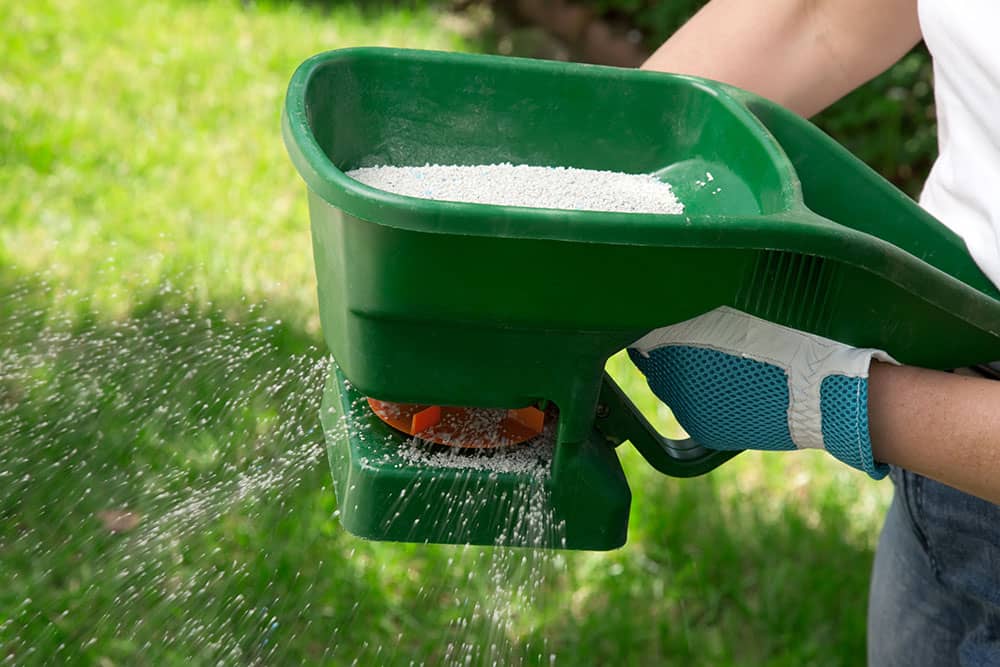Comprehensive Guide to Well Pump Replacement: Ensuring Efficiency and Reliability
Introduction to Well Pump Replacement
Well pump replacement is a critical process that homeowners may encounter, particularly those who rely on well water for their daily usage. Understanding the significance of your well pump and recognizing the signs that something might go wrong can save you from unexpected water shortages and costly repairs. In this comprehensive guide, we will explore the fundamentals of well pump systems, delve into the signs indicating a potential replacement, and unravel some key considerations to keep in mind before proceeding with the replacement. For those looking to invest in this pivotal component of their water supply system, well pump replacement serves as a significant focal point that ensures efficiency and reliability in your household water needs.
Understanding Well Pumps and Their Functions
To appreciate the importance of well pump replacement, it’s vital to understand what a well pump is and how it functions. Well pumps serve the crucial role of lifting groundwater from deep under the earth’s surface to the surface level where it can enter your home for various uses, such as drinking, cooking, and sanitation. The two most common types of well pumps are:
- Submersible Pumps: These are situated at the bottom of the well and are typically more efficient and capable of handling high water tables.
- Jet Pumps: Usually located above ground, these pumps create a vacuum to pull water from deeper wells and are more suitable for shallow wells.
Regardless of the type, the well pump is essential for ensuring a continuous supply of water. When installed and maintained correctly, well pumps provide reliable water flow; however, they can also lead to significant inconveniences when they fail, underscoring the necessity of knowing when to replace them.
Signs You Need a Well Pump Replacement
Identifying when to replace your well pump can be challenging, but there are several key indicators to watch for:
- No Water: If you turn on the tap and nothing comes out, it’s a sure sign that your pump may be malfunctioning.
- Low Water Pressure: Fluctuating or weak water pressure can indicate an issue with your pump, especially if it varies dramatically during peak usage.
- Running Water Pump: If your pump is running continuously without any water being supplied, it might be working harder than it should, leading to early burnout.
- Strange Noises: Unusual noises such as grinding or buzzing can indicate trouble within the pump.
- Increased Energy Bills: If your electricity bill has suddenly spiked, your well pump may be inefficiently operating.
These symptoms should prompt you to assess the well pump’s condition quickly to avoid complete failure.
Key Considerations Before Replacement
Before replacing a well pump, there are several factors to consider that can affect the success of the new installation:
- Well Depth: Understanding your well’s depth is crucial when selecting a new pump; submersible pumps are generally better for deep wells.
- Water Demand: Calculate your household’s peak water demand to ensure the pump you choose can meet these needs.
- Pump Horsepower: The horsepower of a pump determines its ability to lift water and should match your well’s specifications and your household’s water consumption.
- Local Regulations: Familiarize yourself with local regulations regarding well pumps; some areas have specific requirements or restrictions you need to follow.
Addressing these considerations will help you choose the right pump tailored for your specific requirements, ensuring optimum performance and efficiency after replacement.
Choosing the Right Well Pump
Selecting the right well pump is one of the most critical aspects of the replacement process. An ill-fitting or substandard pump can lead to inefficiency, wasted resources, and possible complications over time.
Types of Well Pumps Available
As discussed earlier, there are primarily two types of well pumps: submersible and jet pumps. Beyond these basic categories, one must also consider additional variations and technologies:
- Variable Speed Pumps: These pumps can adjust their speed according to water demand, improving energy efficiency and extending the pump’s lifespan.
- Constant Pressure Pumps: Similar to variable speed, these maintain consistent water pressure regardless of demand fluctuations.
- Solar-Powered Pumps: For eco-conscious homeowners, these pumps use solar energy as a sustainable power source.
Each type has its pros and cons, so it’s essential to weigh which system fits your requirements best.
Factors to Consider When Selecting a Pump
When selecting a pump, consider the following factors to ensure optimal performance:
- Flow Rate: Evaluate the liters per minute (LPM) needed by your household and select a pump capable of meeting those demands.
- Pump Construction: The material of the pump matters; stainless steel pumps might offer longer lifespans compared to cheaper plastic or bronze alternatives.
- Efficiency Ratings: Look for just how efficient a pump is in converting energy into water flow, as this can have a significant effect on energy bills and environmental impact.
These factors will ultimately contribute to your overall satisfaction and effectiveness of the pump within your home.
Comparing DIY vs Professional Installation
When it comes to well pump replacement, one crucial decision is whether to tackle the installation yourself or hire a licensed professional:
- DIY Installation: If you’re handy and have the required tools and knowledge, DIY installation can save money. However, it can also lead to mistakes if you lack experience, which might be costly in the long run.
- Professional Installation: Hiring an experienced plumber ensures the job is done correctly and safely. Professionals can also help account for any local regulations and codes that need to be followed.
The decision between DIY and professional installation will largely depend on your comfort level with plumbing and your understanding of well systems.
Steps for Efficient Well Pump Replacement
For those who choose the DIY route or anyone interested in comprehending the overall process, here are the essential steps to consider when replacing your well pump.
Essential Tools and Materials Needed
Before you begin the replacement process, gather the necessary tools and materials. Some standard items include:
- Pliers and wrenches
- Crescent wrench
- Pipe wrenches
- Replacement pump
- Electrical wire
- Teflon tape
It is better to have everything on hand before beginning work to prevent delays.
Preparing for Installation
Once you have your tools ready, the next step is preparing for the installation:
- Shut Off Power: Before doing anything, ensure power to the well pump is turned off to avoid electrocution.
- Drain the System: Remove water pressure by running a nearby faucet until the water stops flowing.
- Inspect the Well: While you’re at it, ensure the well casing is intact and there is no debris around it.
Proper preparation can help facilitate a smooth installation experience.
Safety Precautions to Follow
Safety is paramount when dealing with electrical systems and water lines. Here are some vital precautions:
- Always use gloves and safety goggles to protect yourself from debris.
- Ensure that the work site is dry to prevent slipping or short-circuiting.
- Have a buddy nearby in case of an emergency.
Prioritize safety to avoid potential hazards during your replacement.
Cost Factors in Well Pump Replacement
Understanding the financial aspects of well pump replacement can help you prepare for the investment adequately.
Estimating Overall Replacement Costs
Replacement costs typically range from about $2,800 to $6,000, largely influenced by:
- The type of pump selected
- Depth of the well
- Any required upgrades to electrical systems
- Labor costs if hiring professionals
Keep in mind that initial installation costs may be only part of the total cost of ownership and future maintenance should be factored in.
Understanding Potential Hidden Costs
In addition to upfront costs, consider various hidden costs when planning for a pump replacement. These can include:
- Site preparation or repairs if your well requires additional maintenance
- Permitting fees required by local government
- Future maintenance and repair costs of any components linked to the system
Being aware of these hidden costs can help you budget more accurately, avoiding financial surprises.
Financing Options for Homeowners
For many homeowners, financing can ease the burden of the upfront replacement costs. Consider the following options:
- Home Equity Loans: Tap into home equity to fund your well pump replacement.
- Personal Loans: Unsecured loans can provide the necessary capital without collateral.
- Credit Cards: If manageable, using a credit card with a low interest rate can cover immediate costs.
Exploring financing options ensures that home ownership continues without undue financial stress.
Maintaining Your New Well Pump
Once the replacement is complete, proper maintenance is essential to extend the lifespan of your new well pump.
Regular Maintenance Tips for Longevity
Implementing regular maintenance can greatly enhance the performance and lifespan of your pump:
- Inspect Periodically: Regularly check the system for signs of wear or damage.
- Monitor Water Quality: Test water quality periodically to ensure it remains safe for use.
- Clear Debris: Ensure that any debris around the wellhead is removed to prevent issues.
A routine check can save from potential headaches and extended downtime.
Common Issues and Troubleshooting
Being aware of common issues can assist you in troubleshooting problems before they escalate:
- Pump Runs Dry: If your pump is running dry, it may be due to low water levels. Get the well inspected.
- Frequent Cycling: Overworked pumps cycling often can indicate too high demand; adjust water consumption to match available supply.
- Water Quality Issues: If you notice changes in color or taste, the system may be drawing in sediments or bacteria.
Quick identification and resolution of these issues can save resources and prolong equipment life.
When to Call a Professional for Help
While several tasks can be tackled independently, knowing when to call a professional is crucial. Seek expert help when:
- Dealing with complex electrical issues
- If repeated pump failures occur, suggesting underlying problems
- Local regulations dictate professional evaluation or installation
Utilizing expert resources will ensure that you maintain a reliable and efficient well water supply.














Post Comment